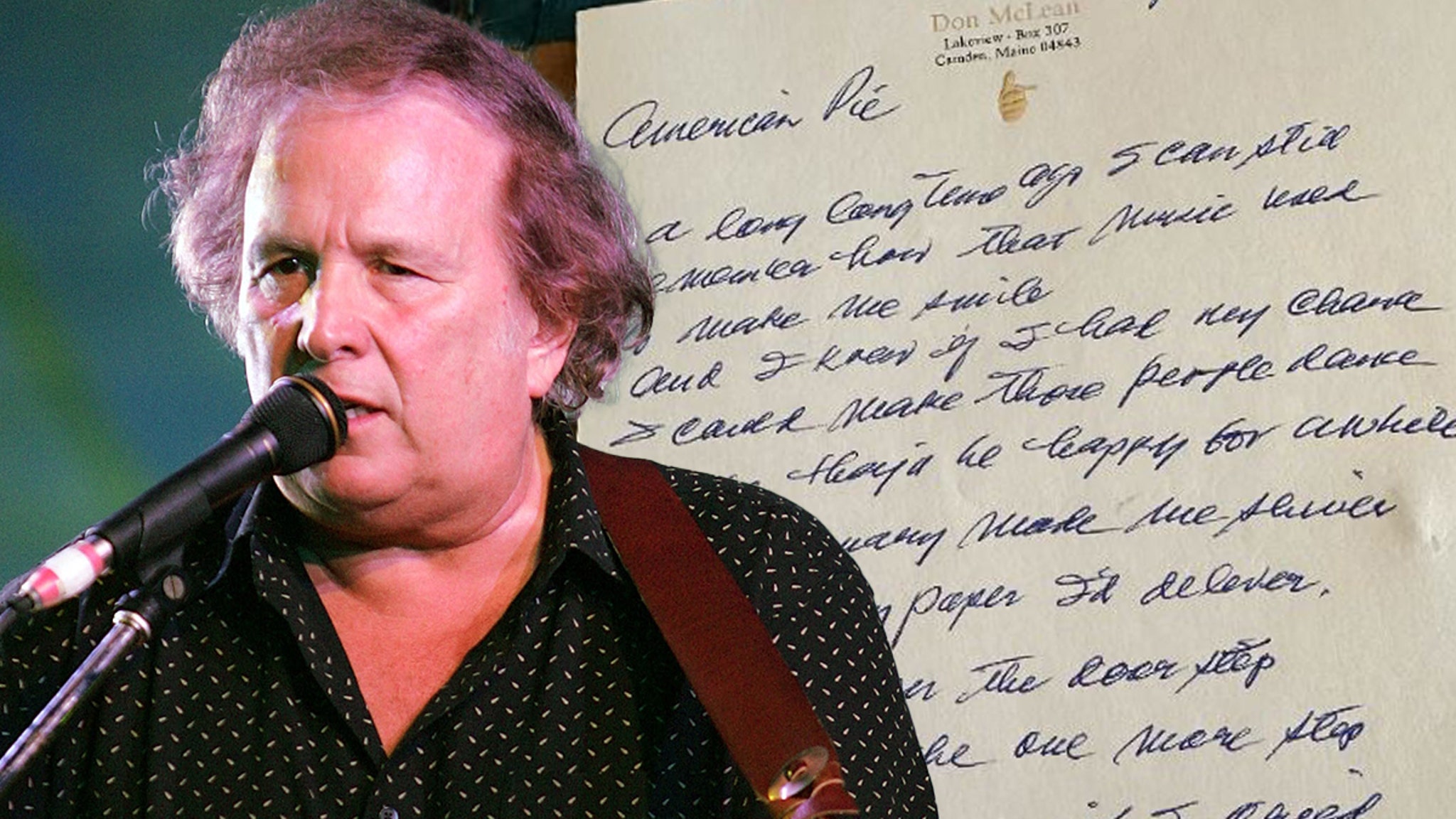Fashion
Can Gardens Be Goth? – The New York Times

Chloe Hurst dons a black veil to keep the bugs out of her eyes while planting flowers that would be at home in a Tim Burton film: black hero tulips, New York Night hellebores and black mamba petunias.
She sees her garden as a reflection of herself. “I’m a Scorpio, so I’ve always been spooky,” said Ms. Hurst, a 29-year-old graphic designer. She said she began reconnecting with her earlier emo days through landscaping after purchasing her home in Ottawa, Canada, six years ago.
Many of her plants are dark red or purple. Ms. Hurst also has a potted vegetable garden with the darkest varieties of eggplants, bell peppers and not-so-green beans.
Between Billie Eilish’s jet-black locks to the success of “Wednesday” on Netflix and the forthcoming “Beetlejuice” sequel in September, all things gothic are in the air — and in the ground. Searches for “goth garden” nearly doubled on Google this month from last, and the marketing firm Garden Media Group clocked “goth gardening” as a trend in its 2024 trends report. On TikTok, gardeners like Ms. Hurst rack up hundreds of thousands of likes when sharing their goth gardens and offering tips on how to grow one.
Over the last few years, so-called gothic seeds have appeared to become more popular, too. In 2018, Ed Hume Seeds introduced a gothic vegetable packet with spiky artichokes and bull’s blood beet that remains a top seller, according to the company. Hudson Valley Seed Company, which began selling a goth flower mix with Dracula celosia and black knight scabiosa in 2020, said they had noticed an increase in sales of the productthis year.
“There’s a renewed interest in making one’s garden fit one’s personality and vibe,” said Kelsea Hume, who manages Hume Seeds’ social media accounts. “It’s wonderful to watch new generations of gardeners express themselves.”
Just as there may be no one type of “goth” person, there is more than one interpretation of what a gothic garden entails.
In Wichita Falls, Texas, Felicia Garza says her garden is an extension of her “darker soul.” Ms. Garza, a 39-year-old social media manager, weaves eerie plants into her otherwise colorful garden. “I wasn’t feeling it at first,” said Ms. Garza of her foray into gardening. “Then I came across all these other darker plants and I just fell in love with them.”
Ms. Garza added other goth elements to her garden’s décor: Black vintage lamps hang from wrought iron-adorned trellises, which are also black and surround raised beds in the center of the garden. But she said she also had “girlie” elements, like sun catchers and a pink flamingo lawn ornament.
When Shannon Crosby, 39, began planting her backyard garden six years ago, she had to work with the humid, hot climate of Plant City, Fla. She couldn’t rely on black plants alone in the subtropical climate, so instead she incorporated a variety of macabre elements. One section of her yard is dedicated to poisonous plants like angel trumpets, cassava and foxgloves. (That section is fenced in to prevent wildlife from eating the plants; she also noted that she did not have children or pets).
Then there are spiky plants, such as the silk floss tree, which Ms. Crosby, who owns a plant nursery, described as “super punk rock.”
An angel statue, which she purchased broken from a secondhand shop, adds to the overall effect. “It’s like an old, decrepit Victorian garden that’s in ruin,” Ms. Crosby said. “I call it beautiful decay.” Other items include skulls, a flying witch spinner and solar-powered spider lights.
These types of gardens can set the stage for moody gatherings. In Ms. Hurst’s Ottawa garden, she occasionally wheels out a cart with teapots for an evening tea party with friends. “You never think to see those colors in nature, so having that element makes it more mysterious,” she said.
When it comes to planting a gothic garden, Daryl Lindsey, a landscape designer in Salt Lake City, urged gardeners to use as many native plants as possible: “The ecological benefits of native plants are massive for the health of the soil, for water conservation and for the benefit of wildlife.”
Something like black mondo grass — a purple-black grass with thin blades that sprout out like a spider — might be aesthetically pleasing, but it can take over a garden, she said. “I would recommend, in those cases, that somebody puts them in some cool Victorian topiary pot,” Ms. Lindsey added.
She also suggested planting white flowers beside a dark shrub like black lace elderberry for contrast: “Then you actually can appreciate how moody and goth-y those dark plants even are.”
In gardens, as in life, there’s a natural push and pull between life and death.
“I love day and night, life and death,” Ms. Crosby said. “I feel like it’s all kind of a metaphor — everything that once was returned to the ground creates new life.”






















